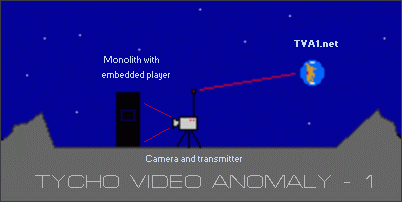NO ONE WAS MORE SURPRISED than I to have finished the second chapter of my novel[1], nor when the characters hijacked the plot (at about the 0.23 mark. Stephen King said that was going to happen eventually). Thus, in all its synoptic glory[2]:
In our previous chapter, our three heroes (one reluctant), in their quaint craft the Deeper, tumbled deep into the oasis of Fint to surface only the Hydrator knows where. Are they lost, or is their hometown, or…?
After a brief discussion, Twiz and Ij take the Deeper’s small-boat (and a variety of weapons) for a closer look at their new surroundings while Hapler putters with the quaint craft’s gomaker: a complex assembly of pith and vegetative muscle, now damaged from the Deeper’s tumble.
Twiz and Ij soon discover that, wherever they are, at least they won’t starve. Fish are plentiful within the oasis lagoon, and fruit from its overhanging palm trees; but these are as unfamiliar to the explorers as the songs of afternoon insects. Ij is so taken by a clump of flowers that he doesn’t notice the beast until it leaps on him. A quick struggle, some deft spear-work by Twiz, and the sharp spindly thing lies dead.
Meanwhile, Hapler has troubleshot the damage and is heartened to see that it’s minimal. He is about to effect repairs when a banging on the hull draws his attention: Twiz, with the delirious form of Ij. The two lash their stricken companion into his hammock, then medicate him into sleep.
After a fitful dinner, Twiz and Hapler divide the night between them. Nothing happens during Twiz’ watch (beyond some intense apprehension and self-castigation); Hapler is just beginning to enjoy the strange insect-song when he notices a ring of eyes all around the Deeper. The eyes belong to slender grey-green figures — about a dozen of them — who swarm over the craft and subdue its astonished occupants.
Tune in next time (say, another 5,000 words) for the next thrilling chapter of Under Oasine!
[1] “My novel” (I love saying that; insert Peewee Herman giggle) is called “Under Oasine.” It’s set in an otherwise desert world, and everything I blog about it is tagged, well, http://metaphorager.net/tag/under-oasine/.
[2] Sorry, that’s all you get ’til the whole thing is done. (See http://metaphorager.net/under-oasine-synopsis1/, second paragraph.)



